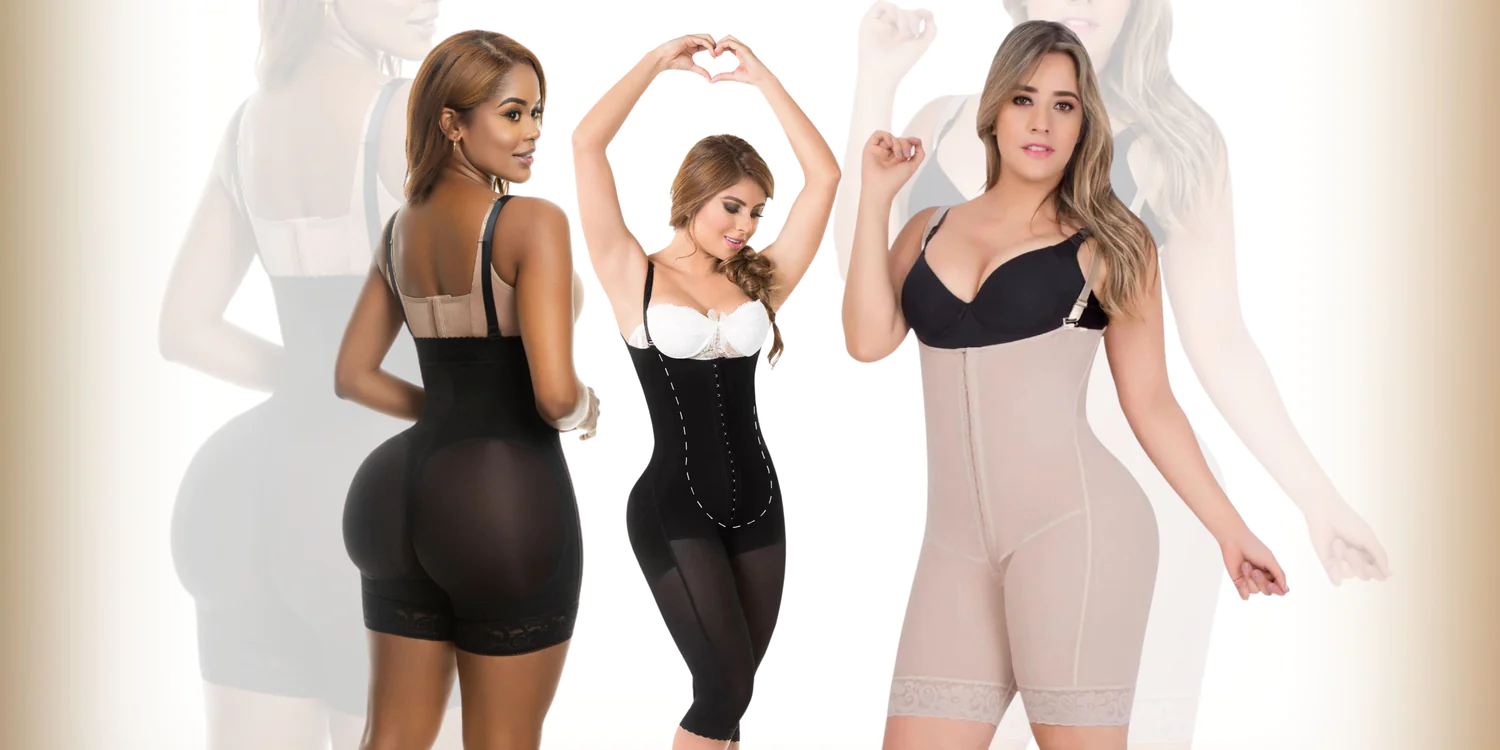Introduction: What is a Faja?
“Faja” has become a global term, bridging the vibrant streets of Bogotá with the glamorous runways of international fashion. Originally designed for body shaping and support, Colombian fajas are now cherished not only for their effectiveness in contouring the body but also as a symbol of style, confidence, and culture.
This guide explores everything you need to know about fajas—their history, benefits, uses, cultural significance, and how to choose the right one for your lifestyle.
The Origins of Fajas: A Historical Perspective
The word faja comes from Spanish, meaning band or sash. Historically, fajas were simple handmade fabric wraps used in Latin America for:
- Postpartum recovery
- Body support during physical activities
- Shaping the figure in cultural dances and ceremonies
Over time, Colombia became the epicenter of modern faja innovation, introducing advanced compression fabrics, sleek designs, and durable craftsmanship. Today, Colombian fajas are recognized worldwide as the gold standard.
The Science of Compression: How Fajas Work
What sets fajas apart from ordinary shapewear is their targeted compression technology. By applying even pressure across specific body zones, fajas help to:
- Smooth bulges and redistribute fat
- Enhance natural curves
- Improve posture and reduce back pain
- Provide instant slimming effects
Common Materials in Fajas:
- Latex → Strong compression and waist training
- Powernet/Elastane → Breathable, flexible, and comfortable for long wear
- Cotton-lined designs → Gentle on sensitive skin and ideal for recovery
Medical and Functional Uses of Fajas
Post-Surgery Recovery
Fajas de compresión are highly recommended after procedures like liposuction or tummy tucks. They reduce swelling, speed up healing, and help the body adapt to new contours.
Waist Training
Waist trainers, a modern take on traditional corsetry, are used for reshaping the waistline gradually. While controversial, many users wear them for both style and confidence.
Everyday Fajas: Style Meets Comfort
Modern fajas are not limited to medical or training purposes. Everyday fajas are designed with:
- Light to medium compression for daily wear
- Breathable fabrics for comfort under work or casual outfits
- Subtle shaping that enhances natural curves without discomfort
Choosing the Right Faja
When buying a faja, consider:
- Compression Level → Post-op (high), daily wear (light-medium)
- Material → Latex (firm shaping) vs. powernet (breathable)
- Design → Full body, waist-only, thigh, or arm shapewear
- Purpose → Medical, waist training, fashion, or daily use
- Comfort & Fit → Always choose the correct size to avoid discomfort
Fajas and Fashion: Confidence as a Lifestyle
Fajas today are more than shapewear—they are an emblem of confidence and self-expression. Celebrities and influencers frequently showcase them, making fajas a fashion statement across fitness, casual, and formal wear.
Pairing a faja with outfits like cocktail dresses, office wear, or gym clothes can elevate your look while keeping you comfortable.
Inclusivity in Modern Shapewear
Unlike old corsets, today’s fajas embrace inclusivity. Available in multiple sizes, designs, and shades, they support all body types, promoting the idea that every body is beautiful.
The Colombian Legacy: Quality and Craftsmanship
Colombian fajas stand out globally for their:
- Durable stitching and fabrics
- Long-lasting compression power
- Innovative designs blending tradition and technology
Their reputation for reliability, comfort, and effectiveness has made them the benchmark in shapewear.
Sustainability and Ethical Production
The Colombian faja industry is also shifting towards eco-friendly materials and fair labor practices, ensuring that shapewear is not only beneficial for the wearer but also sustainable for communities and the environment.
Conclusion: The Future of Fajas
From their cultural roots in Latin America to their place in modern global fashion, fajas have evolved into symbols of empowerment, confidence, and inclusivity.


Whenever engaging in internet gaming, it is important to establish controls on your activity.
Mindful gaming means monitoring your hours and budget.
Always be aware to see it as a hobby rather than a way to earn money.
Take advantage of the safety features many platforms offer to help you remain balanced.
It’s wise to pause regularly and assess your gaming habits.
http://minimoo.eu/index.php/en/forum/suggestion-box/811422-which-online-games-do-you-like
Ask for support or advice if you notice problems with your play.
Discussing your gaming limits with friends or family can improve your self-awareness.
Through practicing safe gaming, you benefit from i-gaming while maintaining your health.
Современное медицинское оборудование играет важную роль в лечении и поддержке пациентов.
Больницы всё чаще используют передовую технику.
Это обеспечивает докторам проводить правильные диагнозы.
Современные приборы гарантируют безопасность и для пациентов, и для медиков.
https://new-anoli.ru/udarno-volnovye-apparaty-resheniya-dlya-ortopedii-i-fizioterapii/
Внедрение высоких технологий ускоряет эффективное оздоровление.
Многие устройства имеют функции для точного мониторинга состояния здоровья.
Специалисты могут быстро принимать решения, основываясь на результатах аппаратуры.
Таким образом, новейшее медицинское оборудование повышает уровень медицины.
Новейшее медоборудование играет значительную роль в лечении и работе пациентов.
Медицинские центры всё чаще используют передовую системы.
Это обеспечивает специалистам делать быстрые заключения.
Новые приборы гарантируют комфорт и для людей, и для медиков.
http://nenadmihajlovic.net/forum/index.php?topic=1024906.new#new
Использование высоких технологий помогает качественное восстановление.
Большинство устройства включают опции для точного мониторинга состояния здоровья.
Доктора могут быстро реагировать, основываясь на данных аппаратуры.
Таким образом, новейшее техническое оснащение улучшает качество здравоохранения.